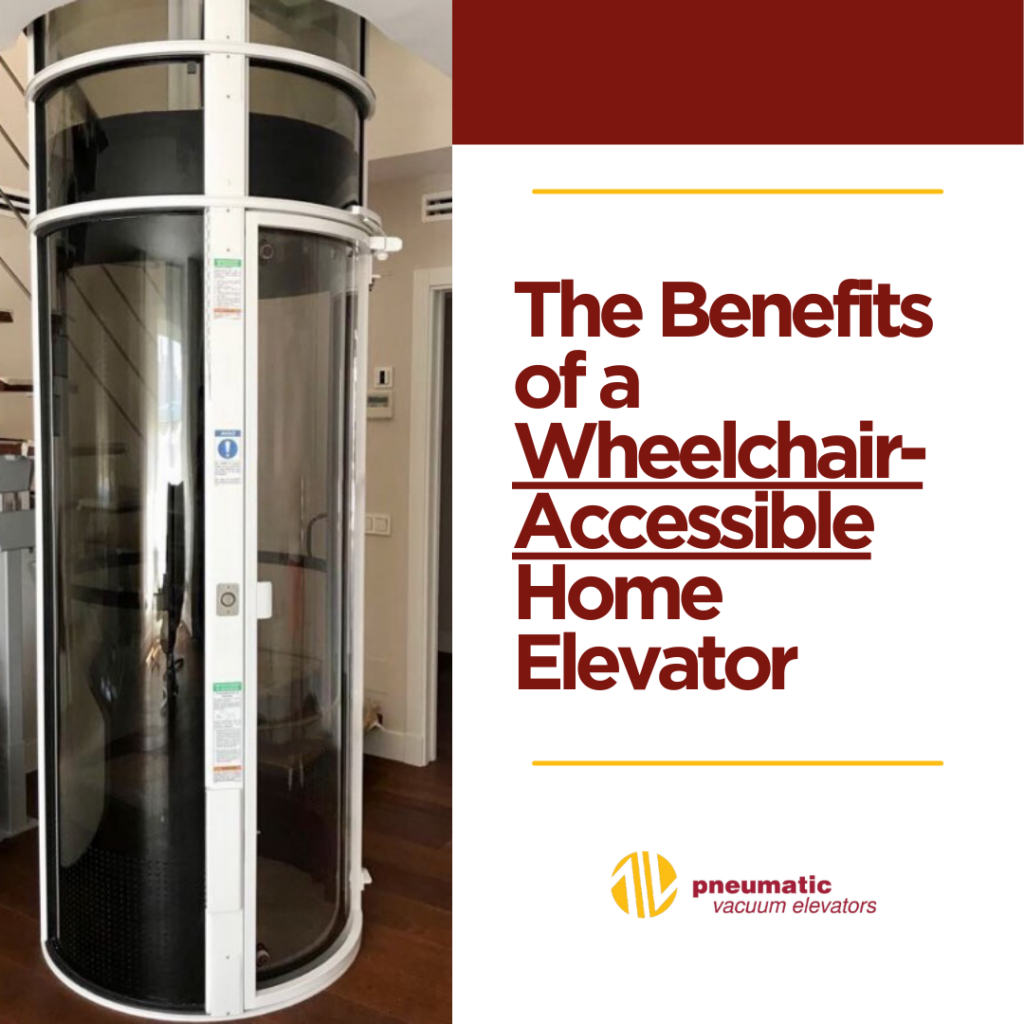Residential chair lifts, also known as stairlifts, have emerged as a pivotal assistive technology. It empowers individuals with mobility limitations to maintain independence within their homes. So, in this article, we will discuss the residential chair lifts, exploring their types, functionalities, installation considerations, and the impact they have on user well-being.
Understanding Residential Chair Lifts:

A residential chair lift is an electromechanical device installed alongside a staircase. It comprises a motorized chair that glides on a fixed track. This enables safe and effortless ascent and descent for users who struggle with navigating stairs.
There are two primary classifications of residential chair lifts:
- Straight Stair Lifts: These are ideal for homes with linear staircases. They offer a straightforward design with a single track and a chair that travels vertically. Straight stair lifts are generally more cost-effective and easier to install compared to their curved counterparts.
- Curved Stair Lifts: Designed for staircases with bends, landings, or turns, curved stair lifts feature a custom-built track that seamlessly follows the staircase’s curvature. This customization necessitates a more intricate installation process and often translates to a higher cost.
Key Functionalities:
Modern residential chair lifts boast a range of functionalities that prioritize user safety and comfort:
- Swivel Seat: Upon reaching the top or bottom landing, the seat swivels. It allows for a smooth and safe transfer onto the level surface.
- Folding Footrest and Armrests: These features facilitate easier ingress and egress from the chair, particularly for individuals with limited mobility in their legs or arms.
- Safety Sensors: Sensors integrated into the chair and track detect obstacles or uneven surfaces. In this way, they automatically stop the lift to prevent accidents.
- Battery Backup System: In the event of a power outage, the battery backup ensures uninterrupted operation of the lift. It guarantees user safety.
- Remote Control: Many lifts come with a remote control, allowing users to call the lift from any point on the designated floor.
Benefits of Residential Chair Lifts:
Residential chair lifts offer a multitude of advantages, promoting user well-being and fostering continued independence at home:
- Improved Mobility: The primary benefit is the restoration of safe and independent access to all levels of the home. This empowers users to maintain their daily routines, reducing reliance on caregivers.
- Reduced Risk of Falls: Stair navigation poses a significant fall risk for individuals with limited mobility. Chair lifts mitigate this risk, preventing potentially debilitating injuries.
- Enhanced Quality of Life: Maintaining access to different floors allows for continued social interaction within the home and participation in daily activities, fostering a sense of autonomy and dignity.
- Aging in Place: Chair lifts enable individuals to age comfortably in their familiar surroundings, delaying or eliminating the need to relocate to assisted living facilities.
Installation Considerations:
The installation process for a residential chair lift typically involves the following steps:
- In-Home Assessment: A qualified technician visits the residence to evaluate the staircase configuration, measure dimensions, and assess the user’s specific needs.
- Track Installation: The technician installs the track system along the staircase, ensuring proper alignment and secure anchoring. Electrical wiring for the lift’s motor is also completed during this stage.
- Chair Assembly and Testing: The chair unit is assembled and mounted onto the track. The technician then conducts a thorough operational test, verifying functionality and safety features.
- User Training: The technician provides comprehensive training for the user on safe operation of the chair lift. It includes emergency procedures and basic maintenance practices.
Factors Affecting Cost:
The cost of a residential chair lift can vary depending on several factors:
- Type of Lift: Straight stair lifts are generally more Modern than curved lifts due to their simpler design.
- Track Length: Longer staircases necessitate longer tracks, impacting the overall cost.
- Additional Features: Advanced functionalities like swivel seats, powered footrests, and premium upholstery can increase the price.
- Installation Complexity: Curved staircases or the presence of landings often require a more intricate installation process, leading to higher costs.
Financing Options:
Several financing options may be available to help individuals cover the cost of a residential chair lift:
- Medicare: While Medicare typically doesn’t cover the entire cost of a chair lift, it may provide partial reimbursement under specific circumstances.
- Medicaid: Medicaid programs in some states may offer financial assistance for home modifications, including chair lift installations.
- Home Equity Loans or Lines of Credit: These options can leverage the equity in a homeowner’s property to finance the lift.
- Veteran’s Benefits: Veterans may qualify for financial assistance through the Veterans Administration’s Home Improvement and Structural Repair (HISA) grant program.
Future Advancements in Residential Chair Lifts:
Technological advancements are continuously shaping the landscape of residential chair lifts. Here are some exciting possibilities on the horizon:
- Smart Home Integration: Integration with smart home systems could allow users to control the chair lift through voice commands or smartphone applications, enhancing convenience and accessibility.
- Weight Capacity Increase: Future chair lifts might boast increased weight capacities, catering to a broader range of user needs.
- Improved Seat Comfort: Advancements in seat design could prioritize ergonomics and pressure relief, ensuring optimal user comfort during operation.
- Self-Diagnosis and Predictive Maintenance: Built-in sensors and diagnostic features could monitor the lift’s performance, potentially detecting potential issues and facilitating preventative maintenance to minimize downtime.
- Stair Climbing Robots: Research and development are underway for robotic stair-climbing devices that could offer a more compact and potentially less obtrusive alternative to traditional chair lifts.
Research and Considerations:
While residential chair lifts offer numerous benefits, ongoing research is crucial to further optimize their effectiveness and user experience. Here are some key areas of research focus:
- Improved Safety Features: Researchers are constantly exploring ways to enhance safety mechanisms, such as more sophisticated obstacle detection systems and emergency call functionalities.
- Integration with Assistive Technologies: Integration with other assistive technologies, like voice-activated controls or automated door openers, could further streamline daily living for users.
- Impact on Mental Well-Being: Research is needed to understand the long-term impact of chair lift use on user well-being, particularly regarding feelings of independence, social interaction, and overall quality of life.
- Cost Reduction Strategies: Developing more cost-effective materials and manufacturing processes could make chair lifts more accessible to a wider range of individuals.
Conclusion:
Residential chair lifts play a vital role in promoting accessibility and fostering independence for individuals with mobility limitations. As technology evolves and research progresses, chair lifts are poised to become even more sophisticated, user-friendly, and Modern. By incorporating these advancements, chair lifts can empower individuals to remain safe, independent, and engaged within their homes, fostering a higher quality of life as they age.








